At the California Family Institute, we are dedicated to making a difference. Our mission is twofold:
- Bridge the gap for those who cannot access mental and relational health services in Orange County and beyond.
- Develop the mental health leaders of the future to ensure that disparities in access shrink exponentially.
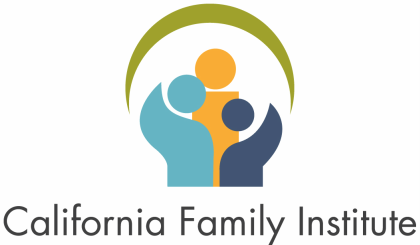


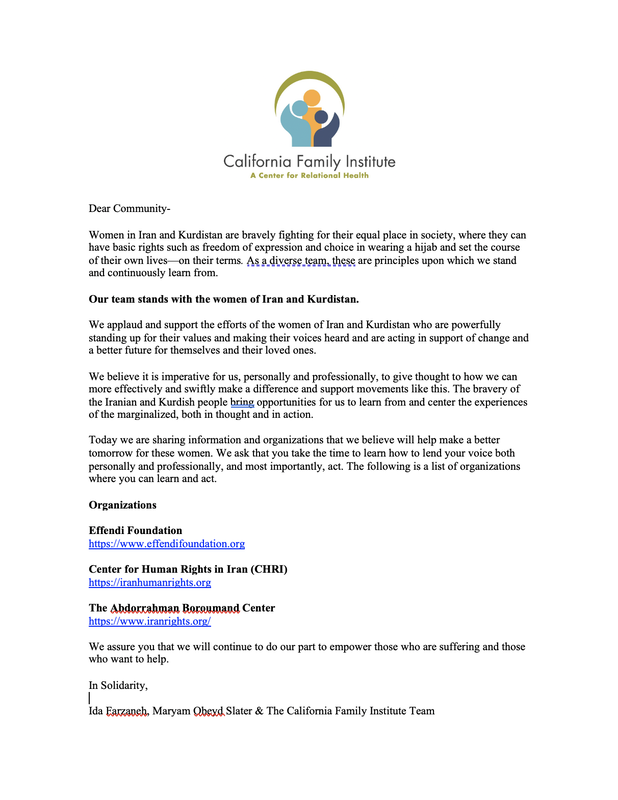
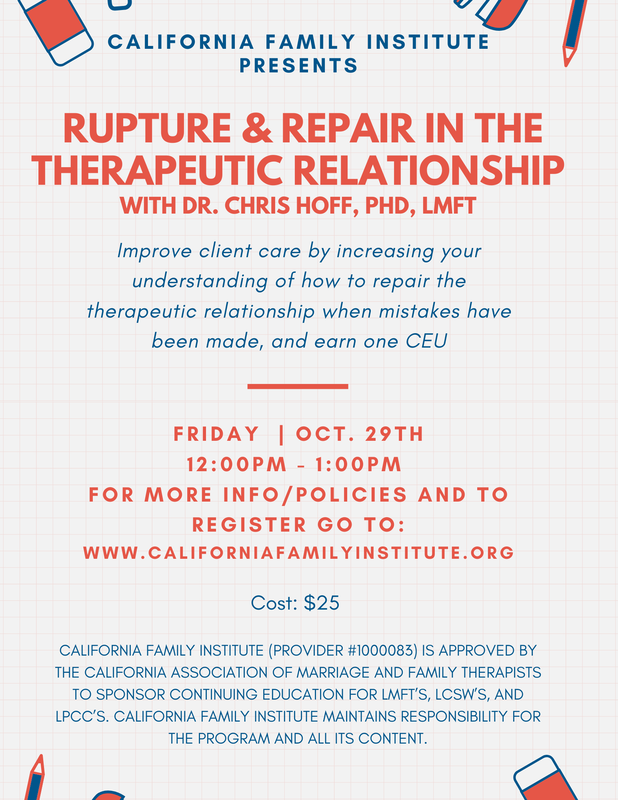
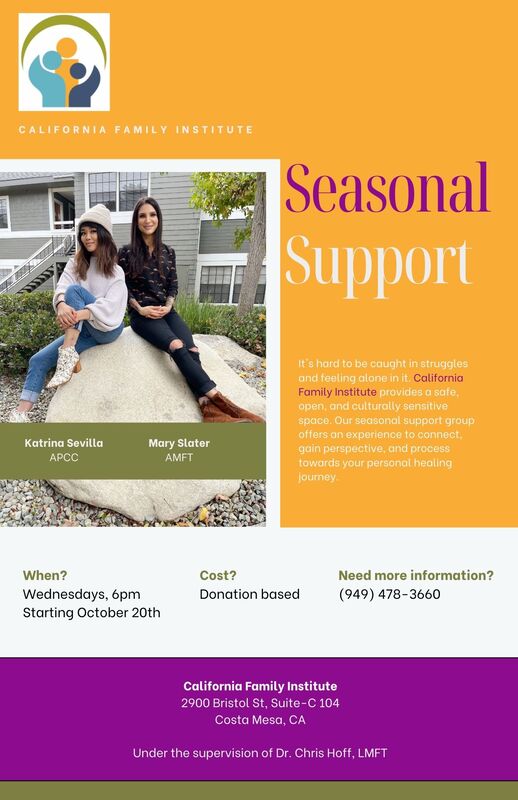
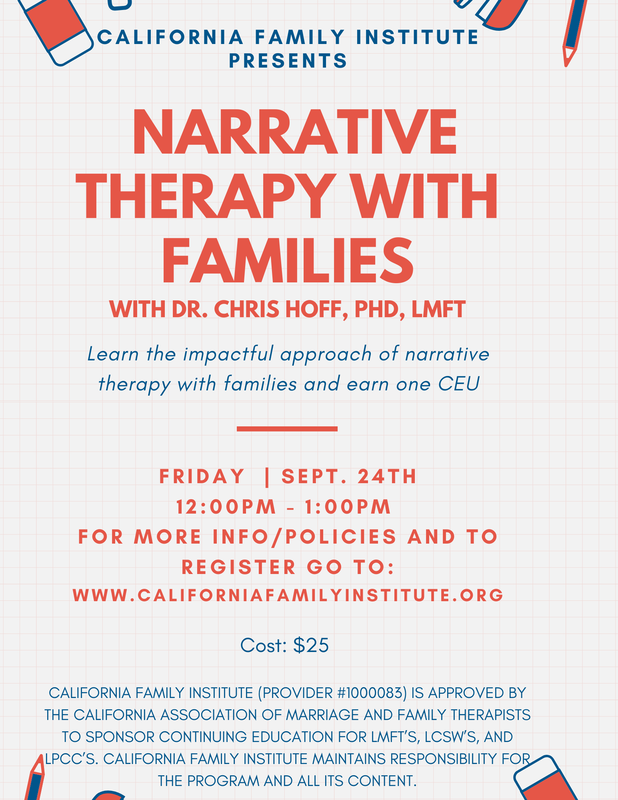
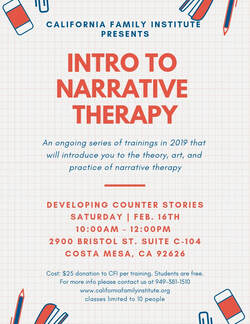

 RSS Feed
RSS Feed